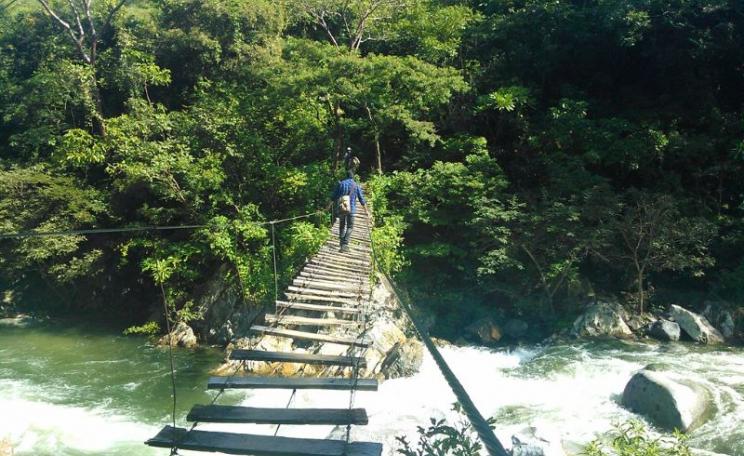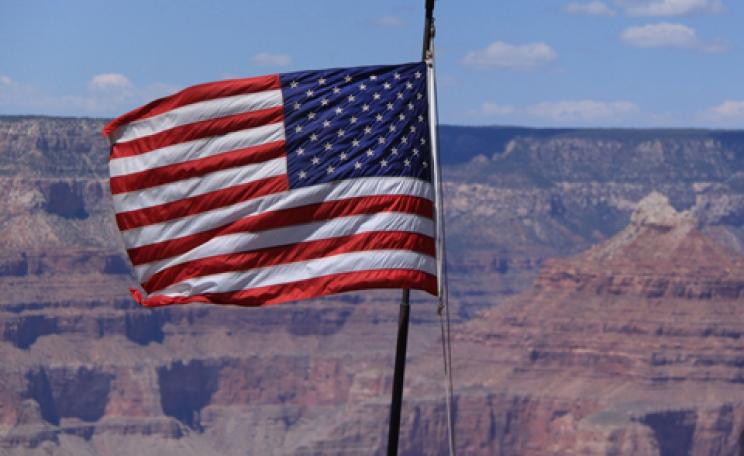‘[The elephant] is nearest to man in intelligence…possesses virtues rare even in man, honesty, wisdom, justice, also respect for the stars and reverence for the sun and moon. Also they never do any harm unless provoked.’ So wrote Pliny the Elder of elephants in his Natural History more than two millennia ago. Elephants have existed for over 15 million years and have walked side by side with humans for much of that time. Indeed, as author Cyril Christo points out in an essay written for the Ecologist, pachyderms are partly responsible for the civilisation we have today thanks to the well-worn elephant trails that our ancestors followed to leave Africa, 60,000 years ago. But despite the peaceable and, at times, positively benevolent nature of the world’s biggest land mammals, many still see them purely as a commodity - a stance which has seen the total population reduced by half in the last 30 years alone. With only 450,000 individuals left in the wild but with an Asian appetite for ivory that is showing no signs of abating, the future looks bleak for the most magnificent of mammals, and Walking Thunder sets out to show us exactly what we stand to lose.
Taking in Namibia’s vast roseate deserts and Kenya’s rolling savannahs Christo and Wilkinson’s sumptuous black and white photography highlights the beauty, but also the vulnerability, of the African elephant. Namibia, which endured years of poaching courtesy of the Portuguese settlers in neighbouring Angola, is home to a desert-adapted population of elephants numbering no more than 400. In Kenya, meanwhile, eco-tourism initiatives at Amboseli and Nairobi National Parks have helped boost flagging numbers, although sadly, poaching is once again on the increase in the country as a whole. But as Wilkinson and Christo point out, poaching isn’t the only factor that has created the current predicament. Land or lack of it is an increasingly important reason for the plight of the elephant, with the animals either eating themselves out of existence as the land available to them shrinks or coming into conflict with humans as their migratory routes are bisected by roads, villages and farms.
But it’s not all bad news. Since the trade in ivory was banned in 1989, governments across Africa have ratcheted up the penalties for those caught poaching while the decreasing number of warzones has lessened the dangers for animals and people alike in countries such as Uganda, Mozambique and Liberia. Indeed as Christo and Wilkinson relate, in Liberia, the reappearance of elephants helped to end the fighting with people taking their presence as a sign that peace was finally within reach. While the amount of tangible aid the elephant population of Liberia brought to the people is debatable; according to the charming anectdotes and stories retold in Walking Thunder, elephants have more than once saved the lives of humans. One Samburu story tells the tale of Lesematia, a tribesman who lost his leg fighting for the British in Ethiopia during World War II. As he walked home one night, he was followed by a pride of hungry lions and was only reprieved by the appearance of three bull elephants who saw off his attackers, saving his skin in the process.
Apocryphal tale or not, there's no denying that elephants have long held a semi-mythical role in numerous African and Asian cultures, including those of the Masaai, Himba and Ndorobo. For millennia, these peoples have lived alongside the enormous grey herds, forming relationships with them, and, say Christo and Wilkinson, helping each other in times of need. It’s this relationship based on mutual respect and need that has been lost. As Christo and Wilkinson put it: ‘The elephant and humanity have been partners in evolution for hundreds of thousands of years but now we are living on borrowed time.’ While the extinction of the elephant wouldn’t automatically mean the end of humanity, their plight is symbolic of the way modern humans have exploited this planet and its inhabitants to the point of disaster. ‘Who will be able to explain,’ ask Christo and Wilkinson, ‘to the children of the twenty-second century that mankind failed itself…and the elephants of the Babar stories are no more?’ With a bit of luck, a properly enforced ban on ivory and the resurrection of the once warm relationship between elephants and man, the answer will hopefully be that no one has to.
Walking Thunder: In the Footsteps of the African Elephant by Cyril Christo and Marie Wilkinson (£35, Merrell Publishers) is available from Amazon
| READ MORE... | |
 |
REVIEW Saving the World’s Wildlife: WWF’s First Fifty Years Written to coincide with the WWF’s half century, Saving the World’s Wildlife is a fascinating account of the 50-year history of the world’s most famous eco charity |
 |
GREEN LIVING The Really Wild Show: Namibia's pioneering conservancies From the endless red dunes of the south to the teeming game reserves of Damaraland, Namibia is home to some of the world’s most important eco-systems. Ruth Styles went to find out how local people are helping to preserve them |
 |
GREEN LIVING Tanzania: can the country's booming eco-tourism sector ever be truly green? From local participation to wildlife conservation, Tanzania’s green tourism projects show how responsible travellers and tour operators can improve lives and ecosystems - but there's still much to do, reports Thembi Mutch |
 |
HOW TO MAKE A DIFFERENCE Raoul du Toit: Saving Zimbabwe's black rhino Despite increased poaching threats, a difficult political situation, drought and climate change, Goldman Prize Winner Raoul du Toit has pioneered a new approach in community stakeholding to save the black rhino |
 |
NEWS Mountain gorilla numbers in central Africa on the rise The increase in population in Democratic Republic of Congo, Rwanda and Uganda from 380 to 480 is due to efforts to reduce poaching and disease, say scientists |








